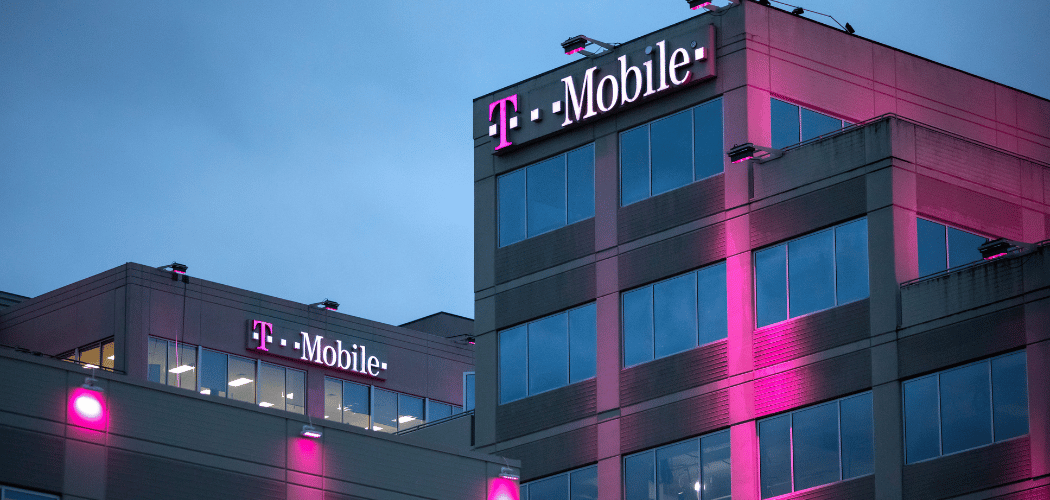Australia has a well developed loyalty market and sophisticated consumers. Until now though, adoption of card linking has lagged. That’s about to change driven by growing demand from loyalty program owners, regulatory changes that have devalued their programs, and a host of new card linking providers (e.g. Fidel) targeting Australia.
By: Simon Rowles, CLMP, Beyonde
A sophisticated loyalty market
Twenty-five million Australians belong to on average 6.1 loyalty programs across every sector. Unusually, this market is dominated by two airline frequent flyer programs (who benefit from the majority of the market’s loyalty dollar) and four large banks who fund the majority of the rewards in the market.
Card linking has long been viewed as a proven and real response to the Australian regulator’s several movements against payment card scheme interchange. Cuts here have devalued credit card rewards programs and by extension the wider loyalty market (credit card loyalty investments are half the loyalty market’s funding).
Supermarkets have been keen users of payment card matching to pick up purchases from customers who’d forgotten to present their loyalty card. The supermarkets match the customer’s payment card seen in prior transactions to keep their data flow intact (but not to issue loyalty points).
The biggest bank makes the market
With low interchange, banks need to find alternate funding to boost the value of their credit card rewards programs. They’ve long had merchant funding from retailers in their sights.
In December last year Australia’s biggest bank — Commonwealth Bank of Australia — launched the most significant merchant funded card linking offering in market; 5.6 million Australians are users of Commonwealth Bank’s mobile banking app. Forrester ranks this the best mobile banking app in Australia and third best in the world. Commonwealth Bank customers now enjoy significant discounts from meaningful retailers including supermarkets, fuel outlets, department stores, and big box electronics retailers all through card linking.
Several years previously Westpac, another of the big four Australian banks, had launched a very similar merchant funded card linking offer to its customers. This continues today but doesn’t offer the value and breadth Commonwealth Bank has achieved.
Both the major frequent flyer programs in market have launched card linked loyalty offerings. Given the size of these programs (Qantas with 12 million members and Virgin Australia with 10 million) these are relatively small offerings
Card linked loyalty grows outside of the banks
Two independent card linkers have launched what might become Ibotta style offerings. Cash Rewards began as an online loyalty offering which has now launched high street card linked cash back earning. The second is start-up Plastiq (not the San Francisco based one founded by Daniel Choi and Eliot Buchanan) which has just been through a crowdfunding round. The Australian Plastiq believes it can replace a good portion of the loyalty points issued by retailers and capture them as cash back. This seems a serious challenge. The current loyalty programs in market have been pursuing exactly these dollars for several years with some success. Switching, if it happens at all, happens between the major loyalty programs. Fuel retailer BP is a high profile switch of recent times which moved from issuing Virgin Australia’s currency to issuing rival airline Qantas’s currency.
Limited competition in Australian card linking providers
The low demand and use of card linking by major enterprises to date is reflected in an equally small domestic card linking services sector. Australia has two domestically grown card linking providers, both of whom are small and who power some of the smaller offerings in market. Larger enterprise’s offerings (including banks and airlines) are powered by MasterCard.
This lack of competition and scale has kept prices of these services relatively high.
New foreign entrants are coming
UK based Fidel has made it clear that Australia is the next market it’ll enter in 2020. Whilst Fidel is focused on delivering the data flow that would allow a card linked offering to work, several other full service providers from the USA, Canada, and Europe are about to enter Australia.
The cost structures in Australia today are leading some of the new domestic fintechs and loyalty providers coming to market to use either Plaid like screen scraping services, or wait on the launch of Open Banking which is due in July.
The regulator moves against covert card linking
Australia doesn’t yet have anything that resembles General Data Protection Rules (GDPR). Last year that began to change when the regulator started a review of what it called “loyalty schemes”. Among the many outcomes is one that will increase demand card linking. Retailers can no longer covertly identify customers through their payment cards and by extension must make this permission based and overt. The time is right for best practice card linking in Australia.
The winners will have to develop a fourth scheme solution with Eftpos
The major global schemes that all card linking services link to are Visa and MasterCard and in some cases also American Express. To keep it interesting Australia has a fourth domestic scheme called Eftpos (somewhat similar to Canada’s Interac). Along with its own cards, Eftpos also carries some Visa and MasterCard traffic. The result is that none of the current card linking services, whether domestic or the new global arrivals, can see these transactions today but may be able to during 2020.
Three keys to winning card linking in Australia
Australia’s appetite for card linking solutions has never been higher. The banks need them to replace value lost in their credit card loyalty programs and retailers need them to overtly identify customers at the point of sale so they can continue their current data capture.
The winning offerings will deliver in three key areas:
- They’ll be able to match transactions coming through all four of the payment rails: Visa, MasterCard, American Express and the domestic Eftpos rails. Most of the solutions today eyeing Australia have the first three covered; Eftpos will become possible later this year.
- They’ll have a competitive price structure. Retailers are quick to push back on fees per transaction in either a percentage structure of a fixed fee structure.
- Most difficult of all, they’ll be able to effect real time member-based pricing at bricks and mortar retailers. The majority of the card linking solutions globally can identify a transaction amount and instantly issue points or execute a stamp card type offer (buy ten get one free offer). Very few are equal to the challenge of discounting items in the customer’s basket in real time (as happens with a standard loyalty card). The majority of the large Australian retail loyalty programs offer this.
Australia’s ready for card linking. If you’re considering bringing your card linking service to Australia, talk to us.




